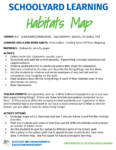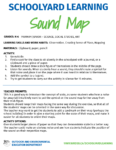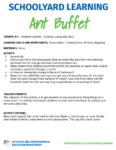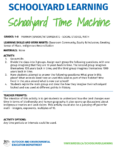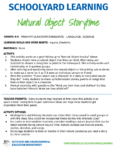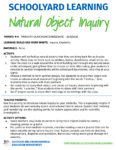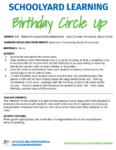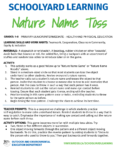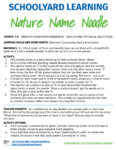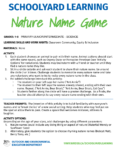December 7th, 2010
My bird feeders at Blair have been up and going for over a month, but traffic has been minimal at best, if you don’t count the squirrels. I put up new some feeders this year and re-positioned others, and thought perhaps the birds weren’t accustomed to the new arrangement (how could they know better than I?). I emailed the other “outdooredguys” to see how things were at their Centres, and they reported back that there were plenty of birds and a variety of species. So I was left to wonder what the problem was here.
This morning, with a few centimeters of fresh snow on the ground and in the air, the feeders have come alive with birds. I had recorded 13 species by 9:00 a.m., three of which warranted a yellow highlighter on my checklist. I keep track of the birds visiting the feeders, and seen around Blair’s 10 hectares of fields, forest and wetlands each winter, with records going back to 1995. This presents a picture of the species that are regular visitors, years in which certain species are low in numbers or absent, and those that are irregular, occasional or even unheard of in these parts – therefore deserving of “yellow-highlighter” status!!
It is now 3 p.m., and it has been a banner day. Two small classes from Elizabeth Ziegler P.S enjoyed the best birding day of the season so far, tallying 20 species of birds!! We did some bird watching with binoculars, a walk through the forest, and dissected owl pellets, but the highlight for them, of course, was hand-feeding the chickadees. (See Sean’s entry on “That Chickadee Feeding”).
If you feed birds at home, consider participating in Project Feederwatch, a “citizen science” program run jointly by Bird Studies Canada and the Cornell Laboratory of Ornithology. My favourite website for information on birds is Cornell’s All About Birds. And my 3 yellow highlighters for today? Red-bellied woodpecker, golden-crowned kinglet, and a bald eagle I spotted in a roost tree along the Grand River early this morning. Happy birding…



